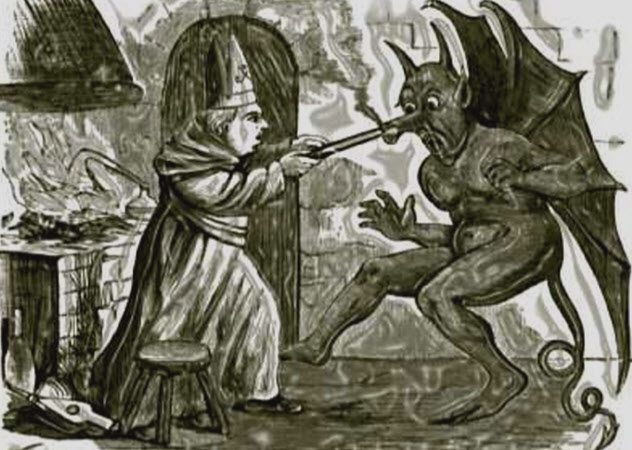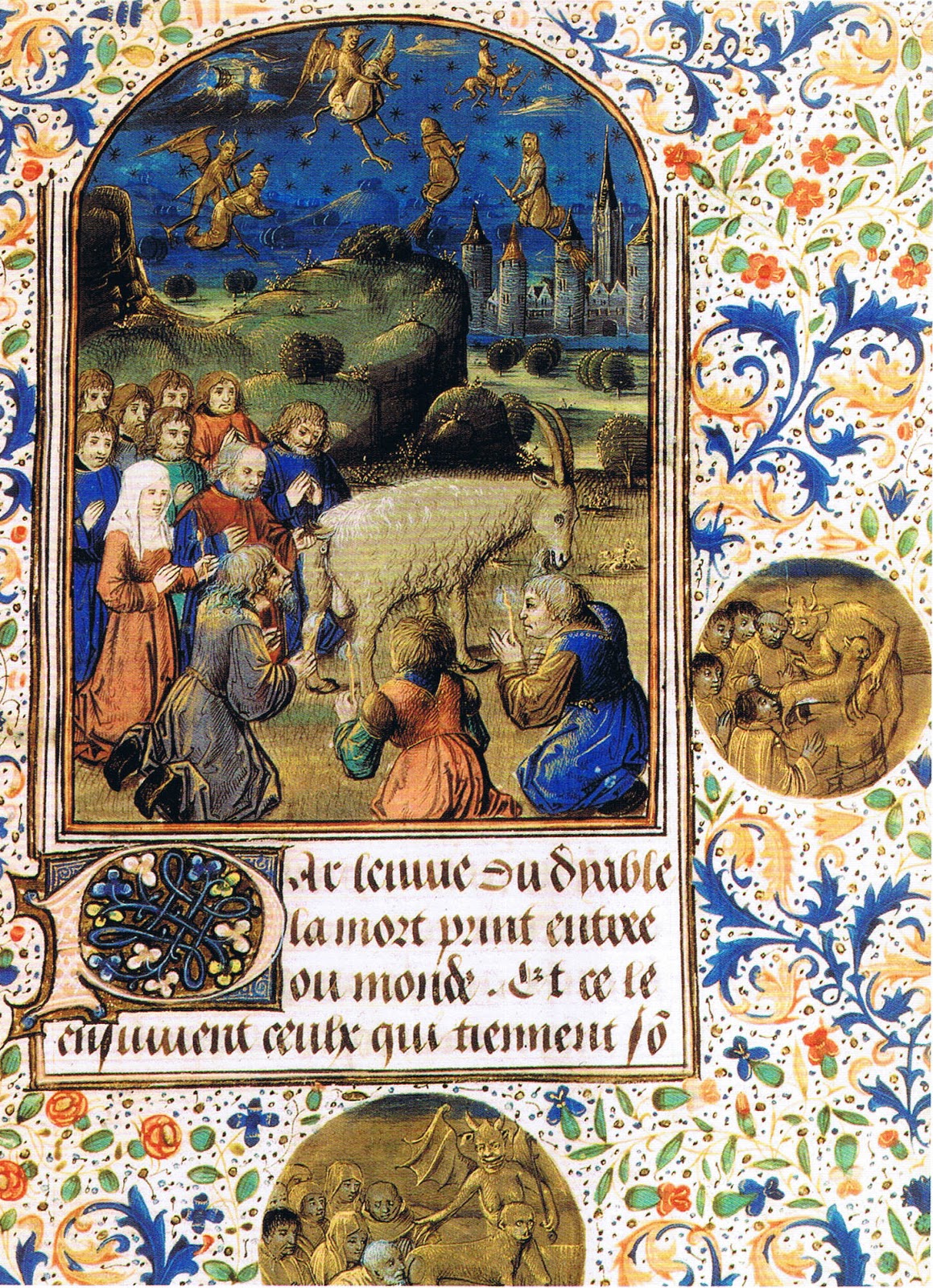

See more ideas about medieval, medieval art, unclean spirits. Medieval devil In the middle ages, a more recognisable portrait of the devil emerged. Dr Alixe Bovey delves into the symbolic meaning of a variety of monsters to understand what they can teach us about life and belief in the Middle Ages. Try the Simple search, limit to images, and enter keywords like rose, rabbit, etc. (Mostly) Medieval, Rennaisance images of. Perhaps the devil’s most famous depiction was crafted by English poet John Milton in his 1667 masterpiece, Paradise Lost. Men with dogs’ heads, creatures with giant feet, griffins, sirens and hellish demons can all be found in the illustrated pages of medieval manuscripts. A direct way of searching for medieval illuminations in the British Library.

Since man can neither tell nor perform these things, certain individuals think it proper to serve the demons and to render them divine honors. See more ideas about medieval, medieval art, unclean spirits. Demons not only foretell many things that will occur but also perform many miraculous acts.

The manuscript is also known as the Devils Bible, due to its highly. The demons, too, through the long period into which their life is extended, have gained a far greater experience in events than accrues to men. The Codex Gigas is the largest extant medieval illuminated manuscript in the world. At this, because of the sluggishness of earthly perception, men wonder. In his treatise on demons 'De divinatione deamonum', Augustine wrote that demons could tell the future and had winged bodies endowed with “keenness of perception and speed of movement,” which allowed them to "foretell many things that they have recognised far in advance. Here, the pagan writer Apuleius watches demons in a 15th-century illuminated manuscript of the work. He wrote a short work dedicated to demons, as well as including many passages about them in his treatise 'The City of God'. The unique forms and inventive iconographic contexts for demon imagery in late medieval and early modern art reveal alternative modes of viewing the infernal. 354-430), today considered one of the most significant Christian authors since St.


 0 kommentar(er)
0 kommentar(er)
